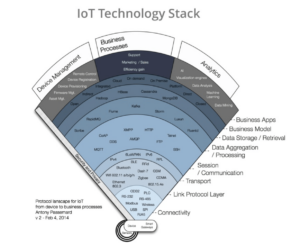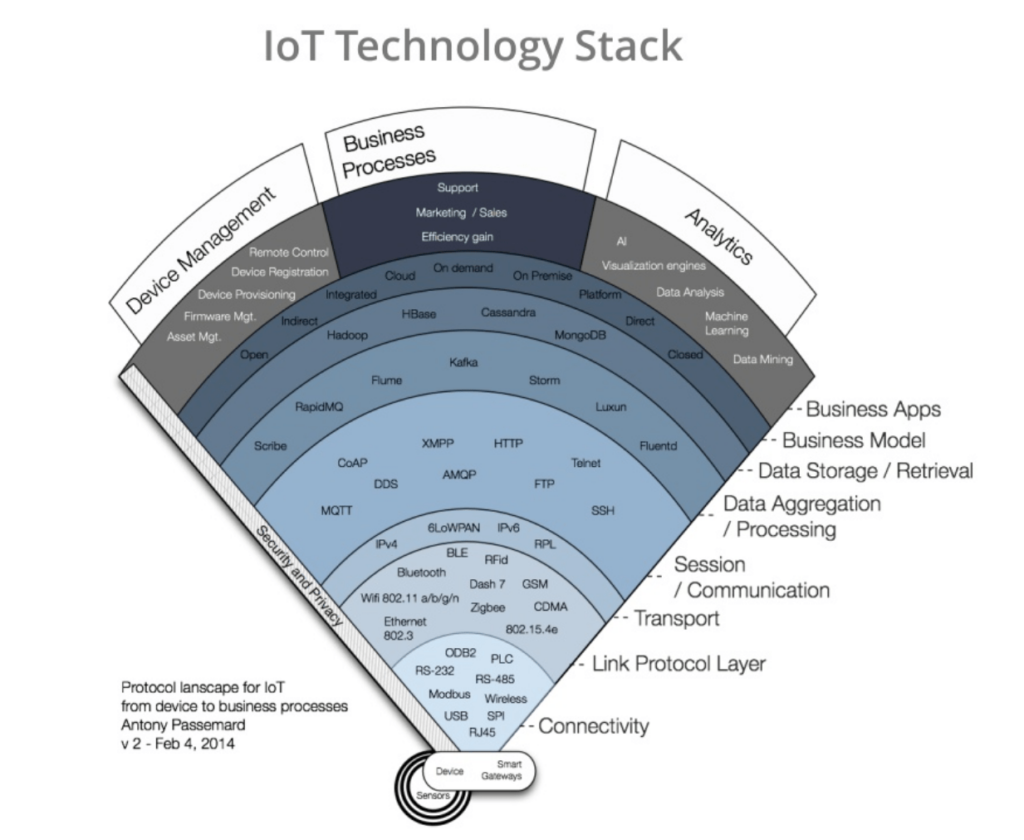SafeTCPIP is a complete TCP/IPv4 network stack developed to the ISO 26262 Automotive Safety Integrity Level (ASIL) B standard. This makes it suitable for integration with any safety system complete with full process that is mappable to other standards such as IEC 61508 and ISO 62304.
An innovative approach to design has resulted in an extremely high-speed data transfer rate, with minimal system resource requirements. Tests have shown a usage of around 14 KB of ROM, in a typical application scenario (based on measurements using for example a LPC2468 MCU).
Embedded USB stacks from Logic Technology are mature, widely-used stacks that can support almost any desired USB configuration. The USB suite includes solutions not only for common functions like HID, Hub and Mass Storage but also for more sophisticated requirements including isochronous, composite devices, and interfaces to file systems and Ethernet. This means developers can exploit USB to its full capability easily, without having to worry about developing highly specialized drivers.
Fast and reliable embedded communication stacks for your embedded project.
Contact our experts and make your project succeed.
A protocol stack or communication stack is a particular implementation of software in a collection of protocols (suite) of computer networks. The terms are often used interchangeably. Strictly speaking, the suite is the definition of the protocols and the stack is its software implementation.
Individual protocols within a suite are often designed with a single purpose. This modularization facilitates design and assessment. Since each protocol module usually communicates with 2 others, they are represented as layers in a stack of protocols. The lowest protocol always handles physical interaction at a low level of the hardware. Each higher layer adds more possibilities. User applications usually only handle the top layers.


